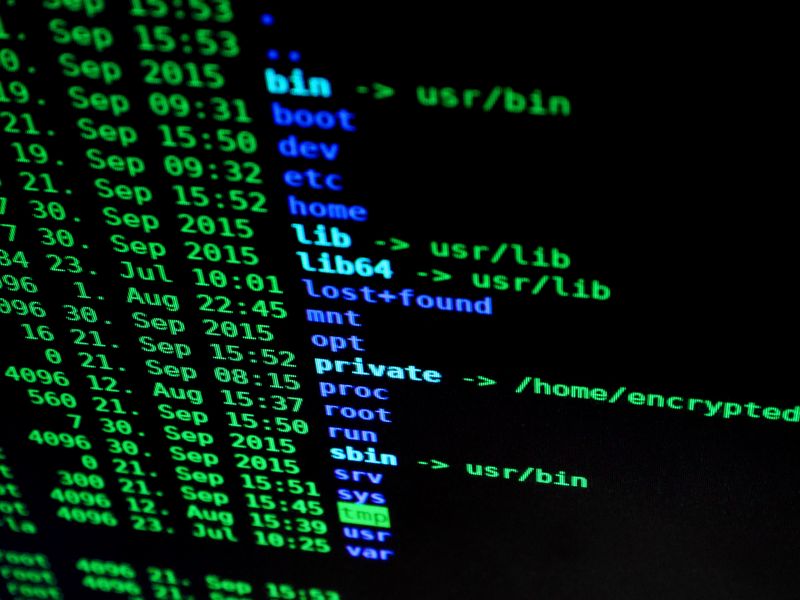Expert Strategies: Defending Against Credential Phishing
The Growing Threat of Credential Phishing
With the increasing dependence on digital platforms for business operations, the risk of cyberattacks has become a pressing concern for organizations of all sizes. One particularly insidious form of cybercrime is credential phishing, which involves tricking individuals into divulging their usernames, passwords, and other sensitive information. In recent years, hackers have become increasingly sophisticated in their methods, targeting both individuals and businesses for financial gain or to exploit sensitive data.
The Techniques Employed by Cybercriminals
Credential phishing attacks can take various forms, but one common tactic is spear-phishing emails. These deceptive messages are designed to appear legitimate, often incorporating company branding and appearing to be sent from reputable sources. They compel recipients to click on malicious links or open infected attachments, enabling cybercriminals to gain unauthorized access to systems, steal information, or install malware.
Another method utilized by hackers is the creation of bogus websites that closely resemble legitimate ones. These fraudulent sites often trick users into entering their login credentials, unknowingly providing cybercriminals with valuable information. Moreover, attackers may exploit vulnerabilities in popular software applications, such as WordPress or WinRAR, to gain unauthorized access to systems or deliver malware payloads.
The Implications for Businesses
The consequences of falling victim to credential phishing attacks can be dire for businesses. Unauthorized access to sensitive data can result in financial losses, reputational damage, compliance violations, and legal liabilities. Moreover, cyberattacks can disrupt operations, leading to significant downtime and decreased productivity.
Strategies for Defending Against Credential Phishing
Defending against credential phishing requires a multi-faceted approach that combines security measures, employee education, and updated technology. Here are a few expert strategies to fortify your organization’s defenses:
1. Implement Multi-Factor Authentication (MFA)
MFA adds an extra layer of security by requiring users to provide additional forms of identification, such as a code sent to their mobile device, in addition to their username and password. This significantly reduces the risk of unauthorized access, even if login credentials have been compromised.
2. Train Employees to Recognize Phishing Attempts
Education is key in combating credential phishing attacks. Conduct regular awareness training for all employees, teaching them how to identify suspicious emails, websites, and attachments. Encourage a culture of skepticism and provide clear guidelines on reporting potential phishing attempts.
3. Keep Software Up-to-Date
Regularly patching software vulnerabilities is a crucial aspect of cybersecurity. Ensure that all software, including widely used applications like WordPress and WinRAR, is kept up-to-date to minimize the risk of exploitation.
4. Use Advanced Security Tools
Deploying advanced security tools, such as email filters, web filters, and endpoint protection software, can significantly reduce the likelihood of successful phishing attacks. These solutions should be continuously updated to stay ahead of evolving threats.
An Ethical Reflection on Cybersecurity
The rise of credential phishing and other cybercrimes raises profound ethical questions about the usage and protection of personal information in the digital age. It provokes discussion about privacy rights, corporate responsibility, and the ethical trade-offs between convenience and security. As businesses navigate the challenges of cybersecurity, they must prioritize a balance between protecting sensitive information and respecting individual privacy.
An Editorial on the Need for Collaborative Efforts
Defending against credential phishing and other cyber threats requires a joint effort from individuals, organizations, and governments worldwide. Cybersecurity cannot be approached in isolation; it demands collaboration, information sharing, and collective responsibility. Recognizing the interconnected nature of cybersecurity risks, it is imperative that governments enact up-to-date legislation and encourage international cooperation to combat cybercrime effectively.
Conclusion
In an era where cybercriminals are constantly evolving their tactics, organizations must remain vigilant in protecting their valuable data and systems. By implementing robust security measures, educating employees, and fostering a culture of cybersecurity awareness, businesses can enhance their defenses against credential phishing attacks. The ethical dimensions and collaborative efforts in cybersecurity are equally critical to secure the digital landscape for future generations.

<< photo by JC Gellidon >>
The image is for illustrative purposes only and does not depict the actual situation.
You might want to read !
- The Rise of Zero Trust Network Access: Empowering CISOs in the Cybersecurity Landscape
- Investigating the Mysterious Faces Behind CypherRAT and CraxsRAT Malware
- The Rising Threat of Cybersecurity Breaches: Analyzing Latitude Financial’s AU$76 Million Losses
- Lancefly APT: Examining the Long-Running Cyber Espionage Campaign Against Asian Government Organizations
- Securing User Data: Unveiling the Secrets of OAuth Grant Investigations
- Latitude Financial Reveals Multi-Million Dollar Toll of Cyberattack
- Critical Vulnerabilities in Juniper Switches and Firewalls Enable Remote Code Execution




